In the digital age, the importance of cybersecurity cannot be understated. As businesses and organisations increasingly depend on technological solutions for their operations, they open themselves up to a growing array of cyber threats. Despite this, a staggering 66% of small businesses express concern over cybersecurity risks, with 47% admitting a lack of knowledge in safeguarding themselves. This gap in understanding leaves them exposed to the potentially devastating costs of cyber attacks.
Illustrating the tangible benefits of cybersecurity initiatives to those in charge of financial decisions poses its own set of challenges. While the necessity for protective measures is obvious, leaders demand solid evidence to justify the expenditure. This piece delves into strategies to effectively demonstrate the real-world benefits of cybersecurity investments, offering insights into how such measures not only safeguard but also add value to your organisation.
Demonstrating the Financial Benefits of Cybersecurity
Why is it so difficult to showcase the financial gains from cybersecurity investments? Unlike direct assets that generate revenue, the advantages of cybersecurity are often indirect and preventive. Investing in strong cybersecurity measures is similar to buying an insurance policy—it’s about risk mitigation rather than immediate financial gain. The hypothetical nature of potential costs, dependent on the effectiveness of current cybersecurity measures, makes it hard to quantify their monetary value. Moreover, the success of these measures is frequently gauged by incidents that fail to occur, complicating the attribution of a clear financial benefit and leaving companies searching for metrics that can accurately convey their economic impact.
Here are some approaches to convey the tangible value of cybersecurity initiatives:
1. Evaluating Risk Reduction
Demonstrating the value of cybersecurity can be effectively achieved by showcasing risk reduction. Organisations can use historical data and threat intelligence to provide solid proof of how their cybersecurity efforts have decreased the likelihood and impact of potential threats.
2. Analysing Response Times to Incidents
Minimising damage from cyber incidents hinges on quick response times. Illustrating reductions in incident response time can highlight the efficiency of cybersecurity measures. Estimating the cost of downtime and showing how quicker responses can save money underscores the value of these investments. According to Pingdom, the average downtime cost is up to $427 per minute for small businesses and up to $16,000 per minute for larger enterprises.
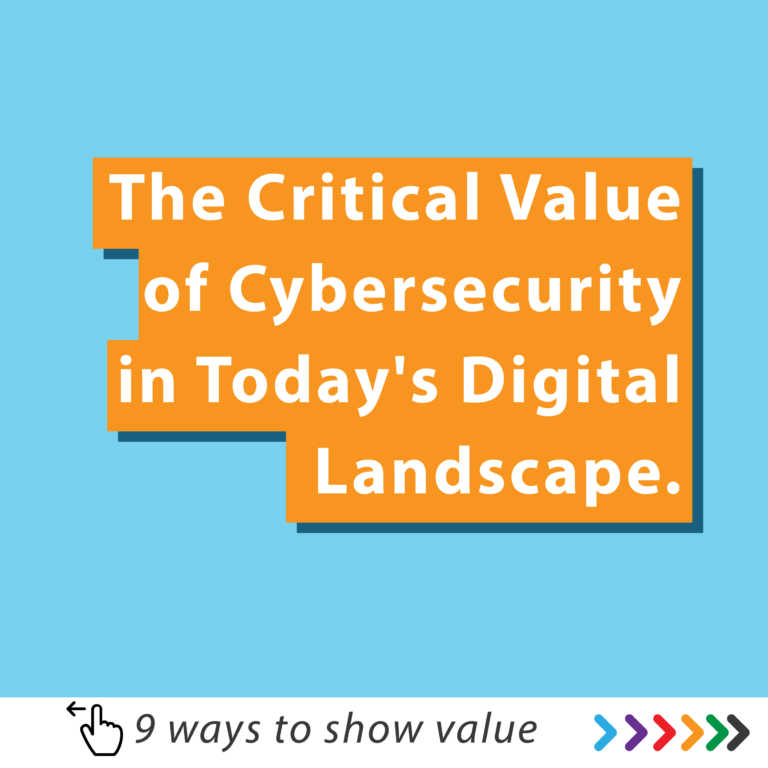
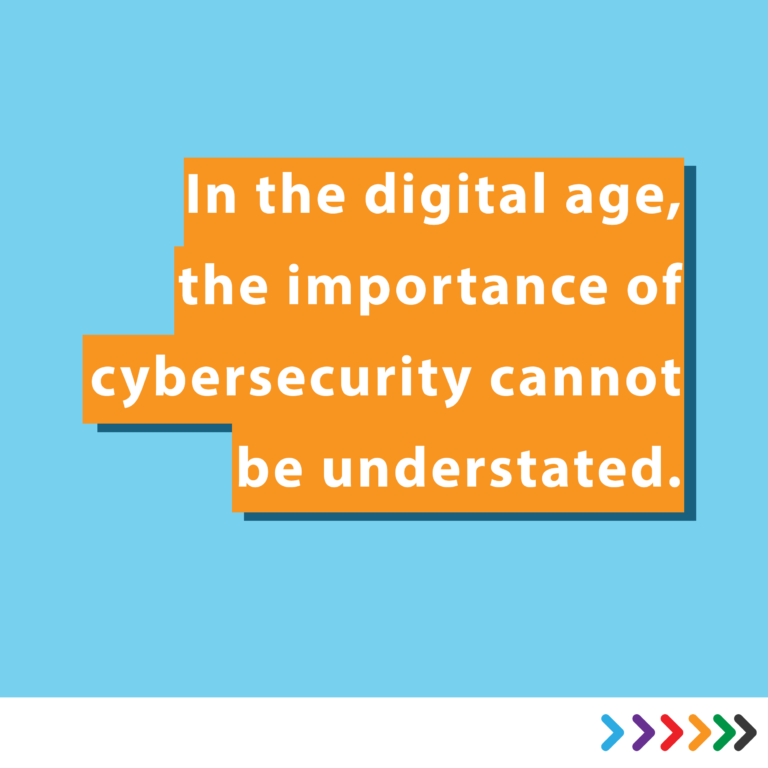
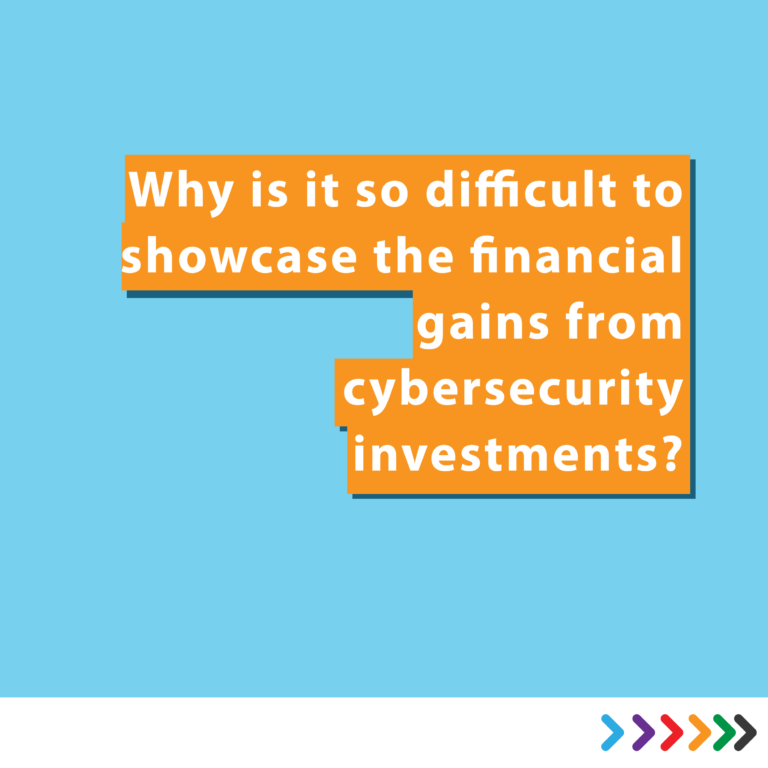
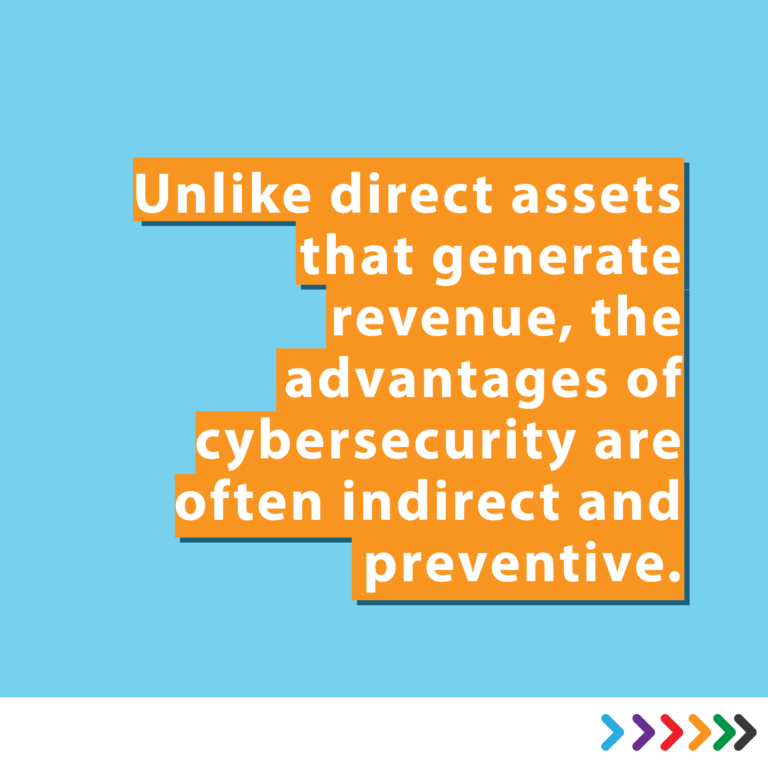
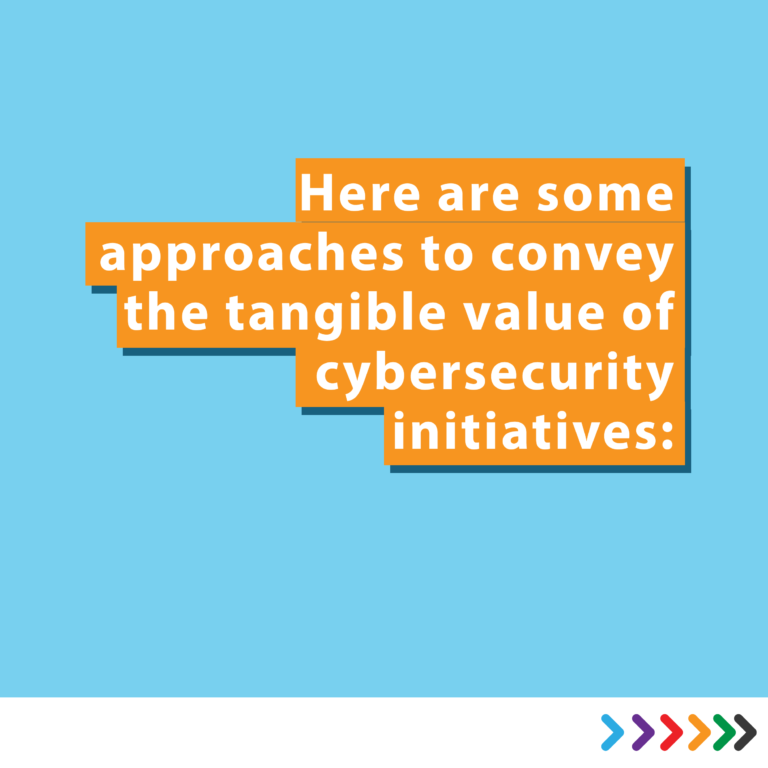
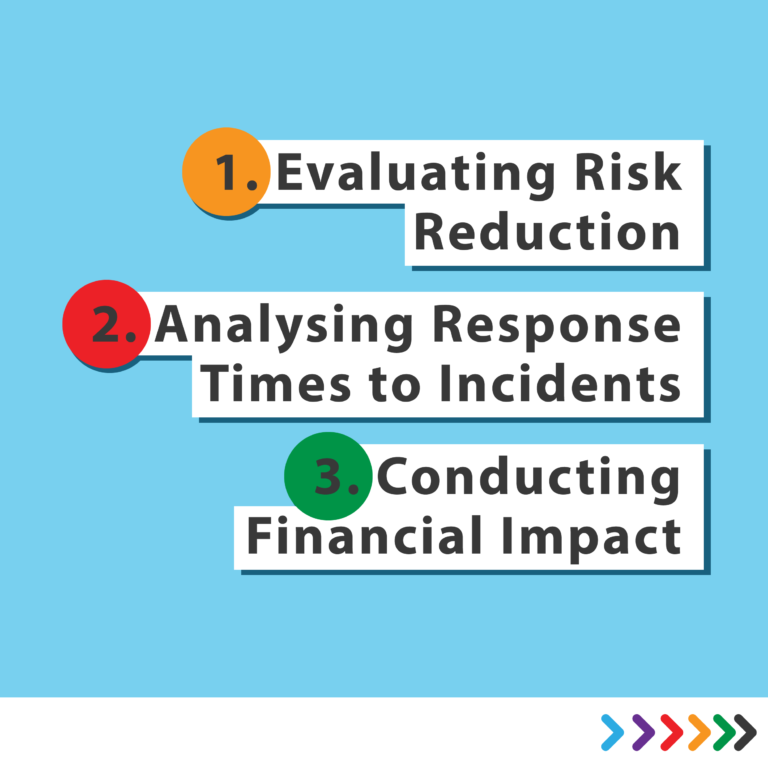


3. Conducting Financial Impact Assessments
The financial ramifications of cybersecurity incidents are significant. By performing a detailed financial impact analysis, organisations can identify the savings made possible by cybersecurity measures, taking into account downtime, data breaches, legal repercussions, and damage to reputation.
4. Tracking Compliance
Adherence to regulatory requirements demonstrates a commitment to data protection and cybersecurity. By monitoring and reporting compliance metrics, organisations can further prove the worth of their cybersecurity initiatives.
5. Assessing Training Programme Effectiveness
Given that human error is a major vulnerability in cybersecurity, evaluating the effectiveness of employee training programmes is vital. This shows how prepared the workforce is to identify and react to threats, directly bolstering the company’s cyber defences.
6. Measuring User Awareness
Beyond training effectiveness, user awareness metrics offer insights into employees’ understanding and compliance with cybersecurity policies, including reporting phishing attempts and following security protocols.
7. Demonstrating Technology ROI
The return on investment from cybersecurity technology, measured through metrics such as the number of threats blocked, can significantly highlight the value of cybersecurity measures.
8. Monitoring Data Protection
For those handling sensitive data, metrics on data breaches prevented, data loss incidents, and the success of encryption are crucial in demonstrating cybersecurity effectiveness.
9. Managing Vendor Risk
With many organisations depending on third-party vendors, metrics on vendor risk management, including security assessments and improvements, are key in showcasing a comprehensive cybersecurity strategy.
Book Your Cybersecurity Evaluation
Understanding the value and state of your cybersecurity measures begins with a thorough assessment. Gaining this knowledge is a crucial step in building a culture of security and resilience within your organisation.
Contact us today to arrange a discussion about your cybersecurity.




